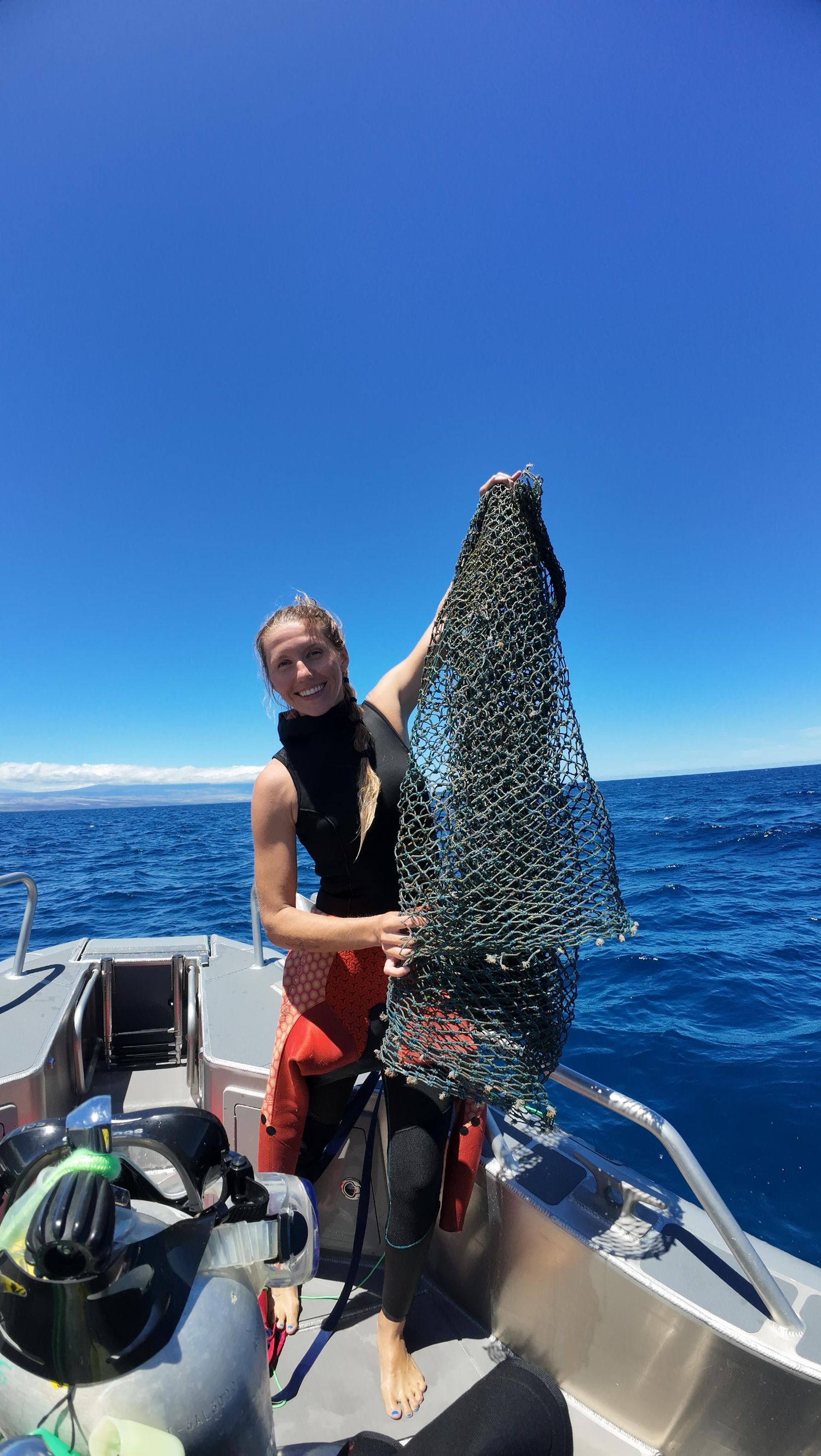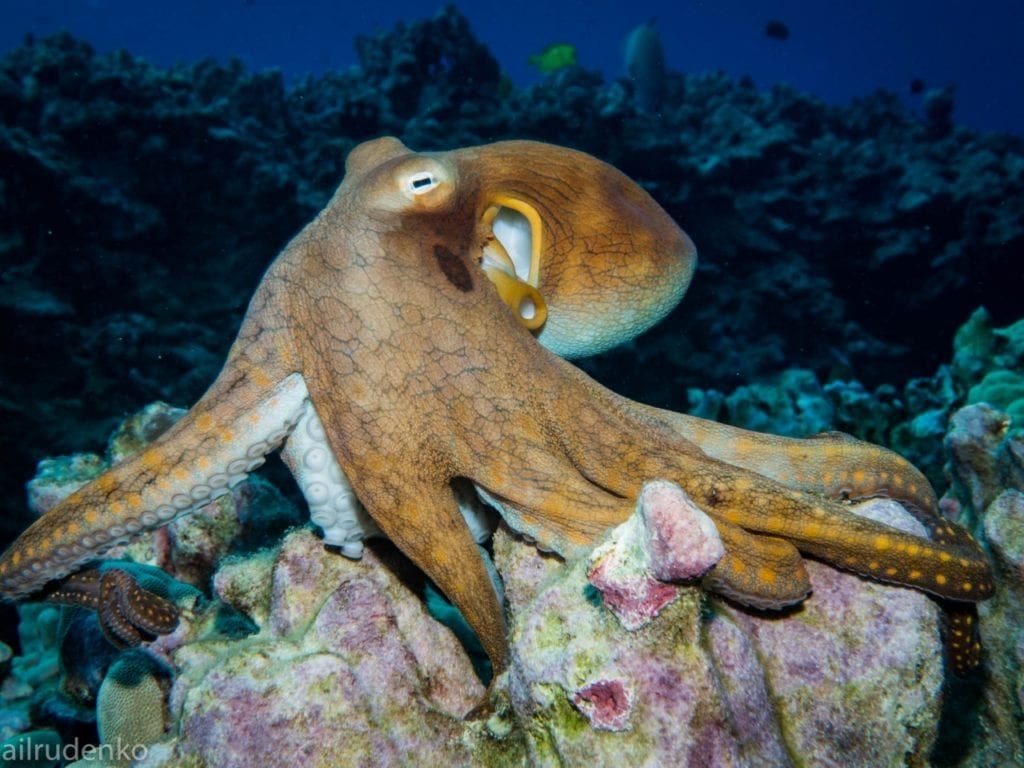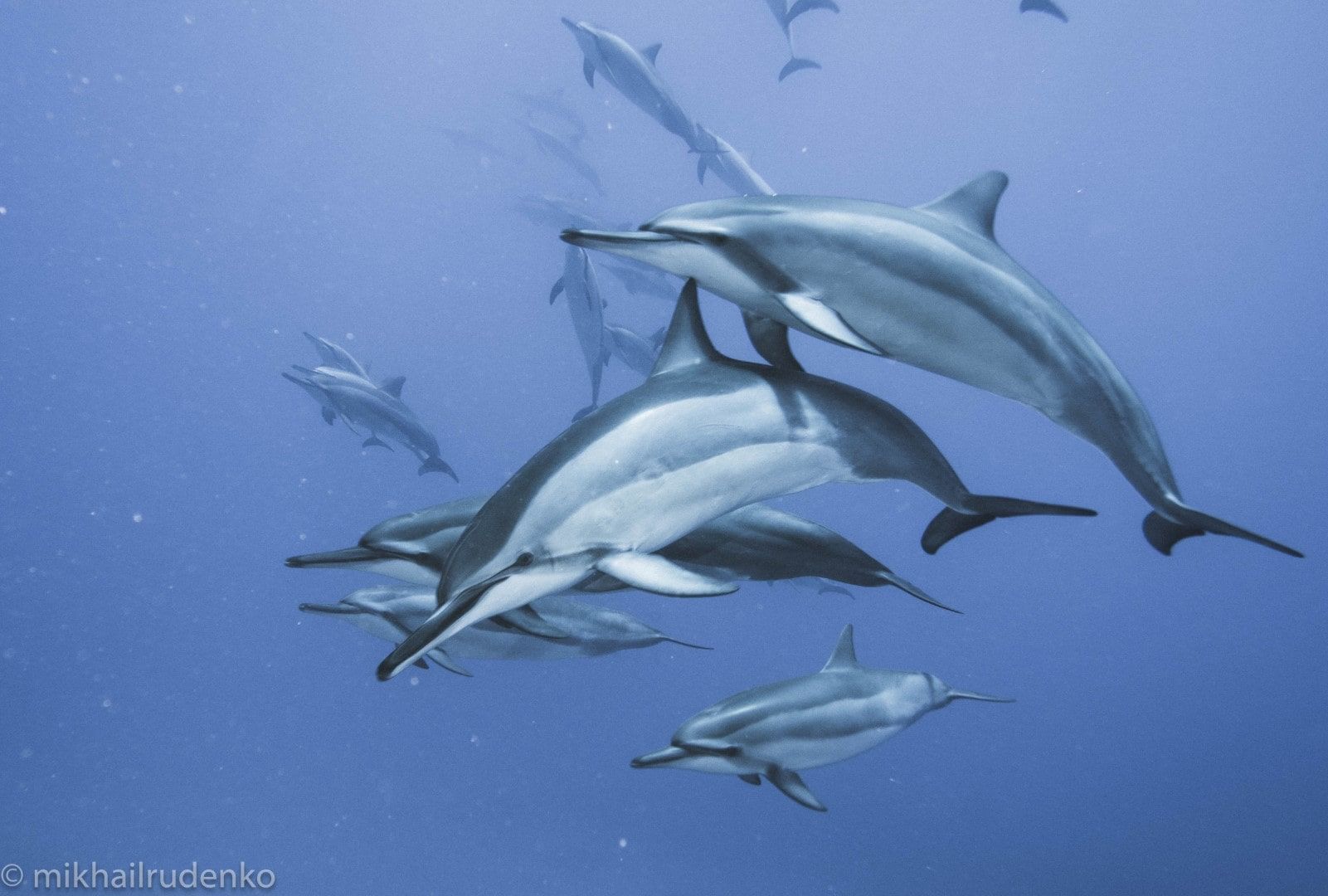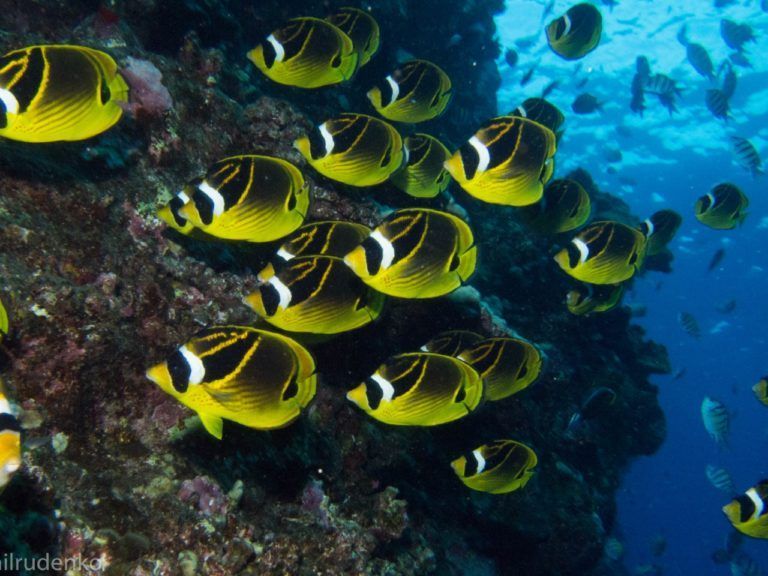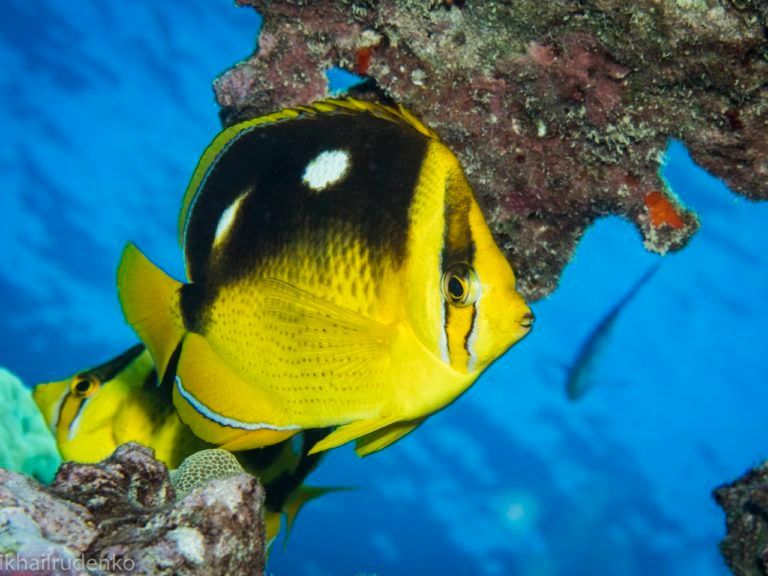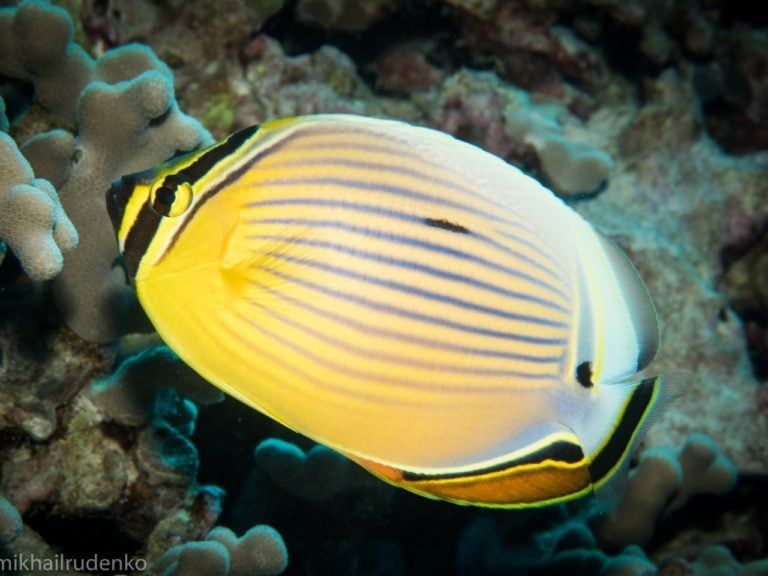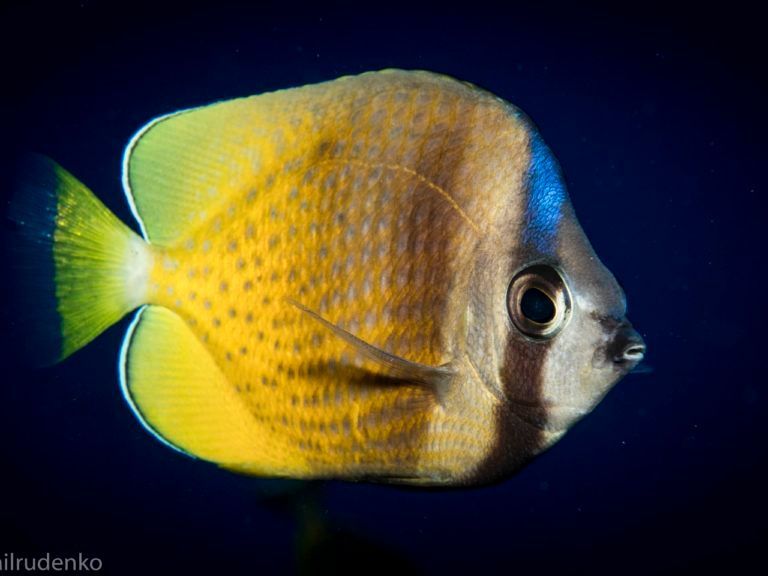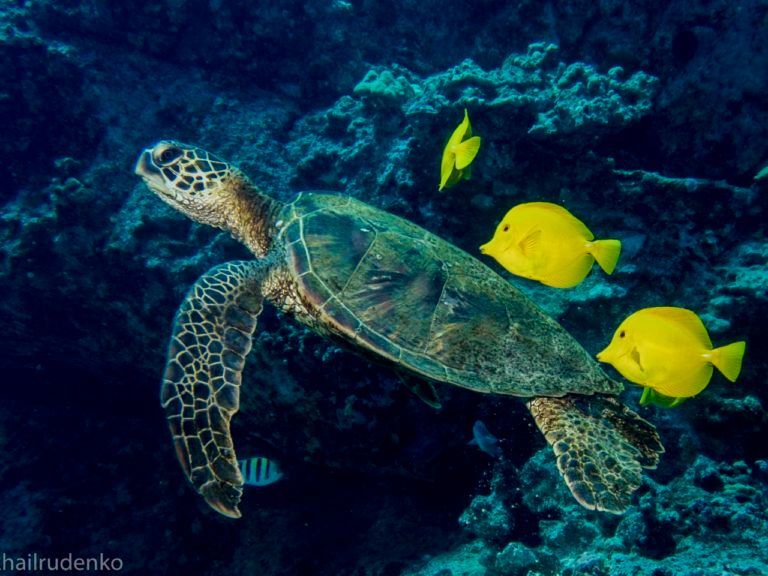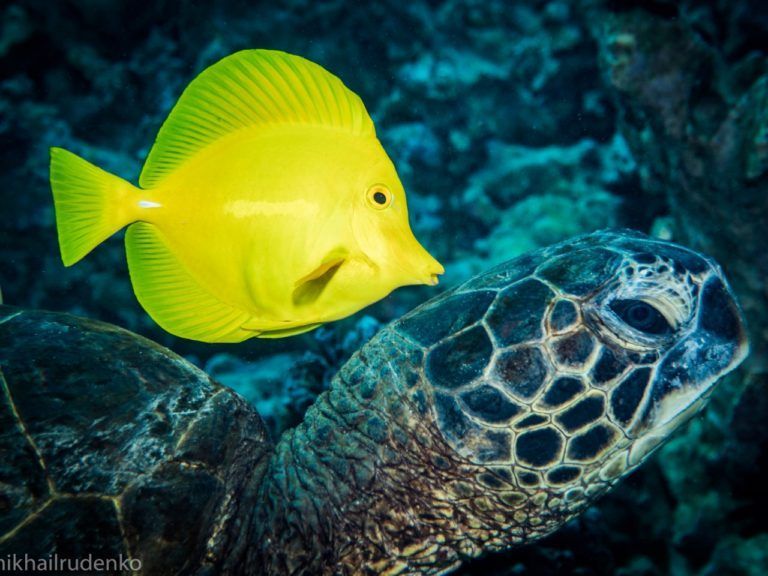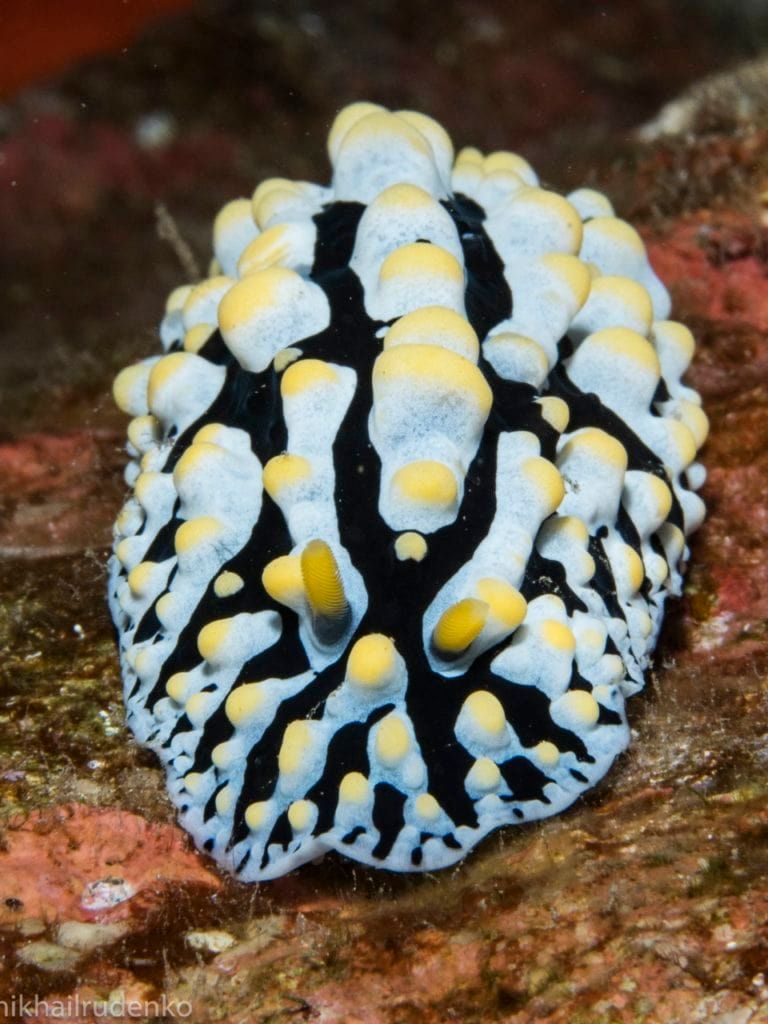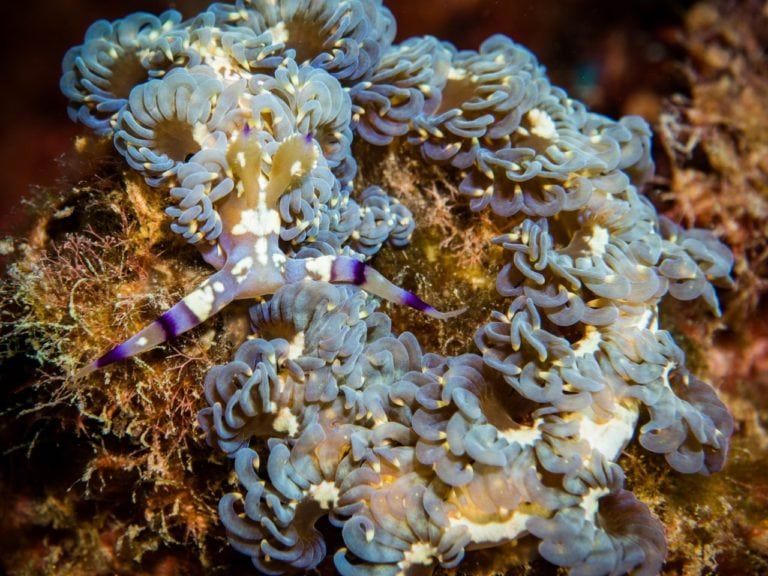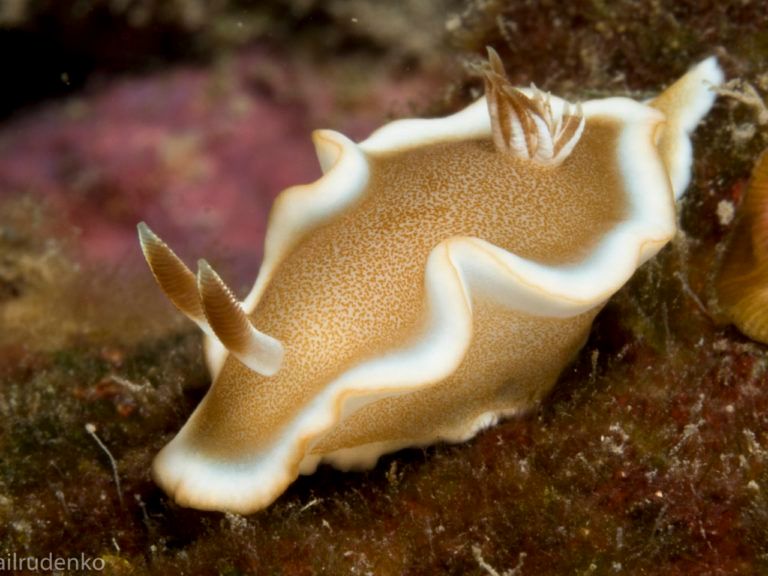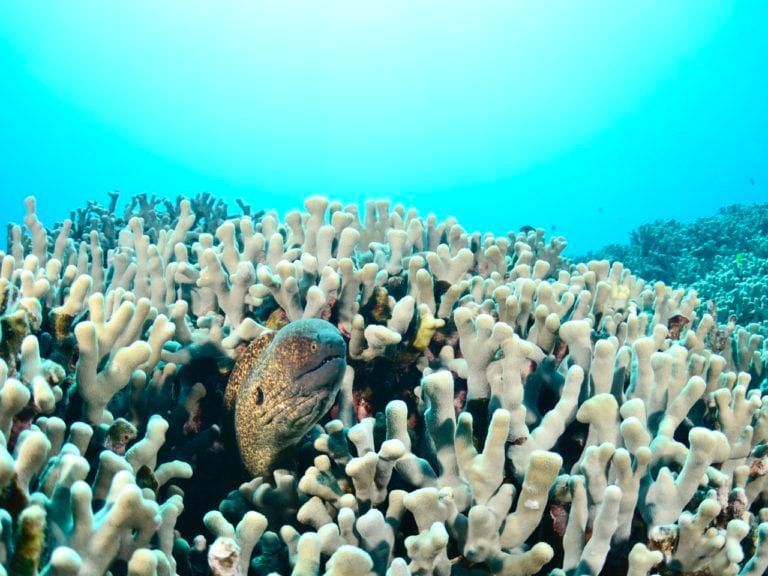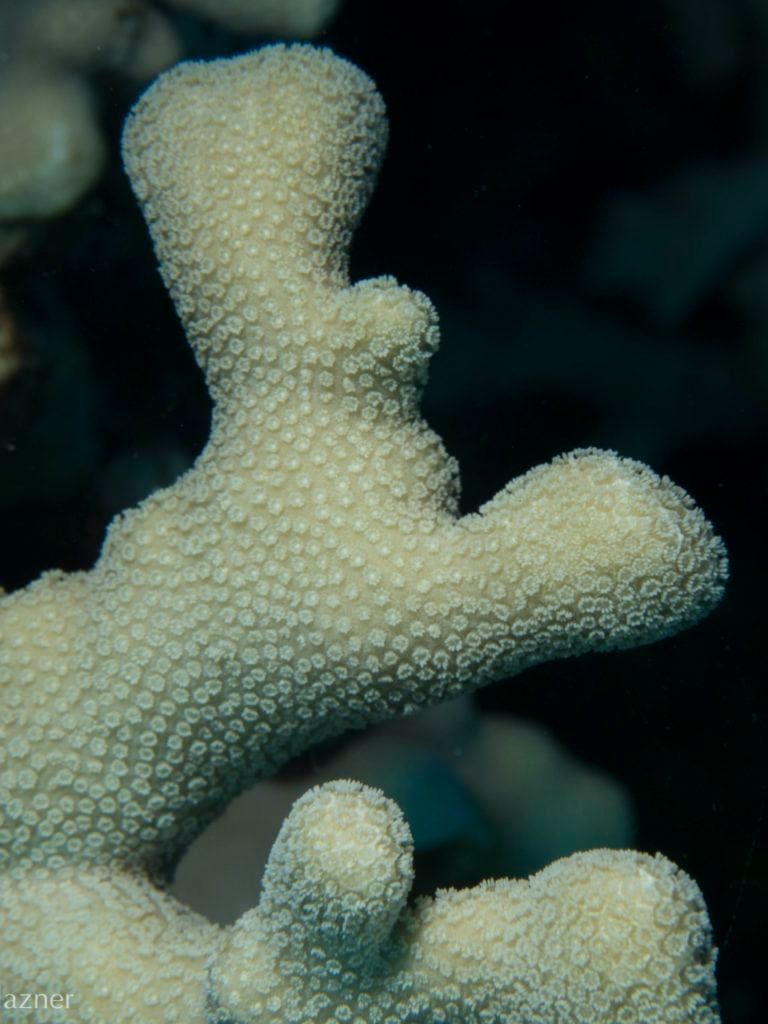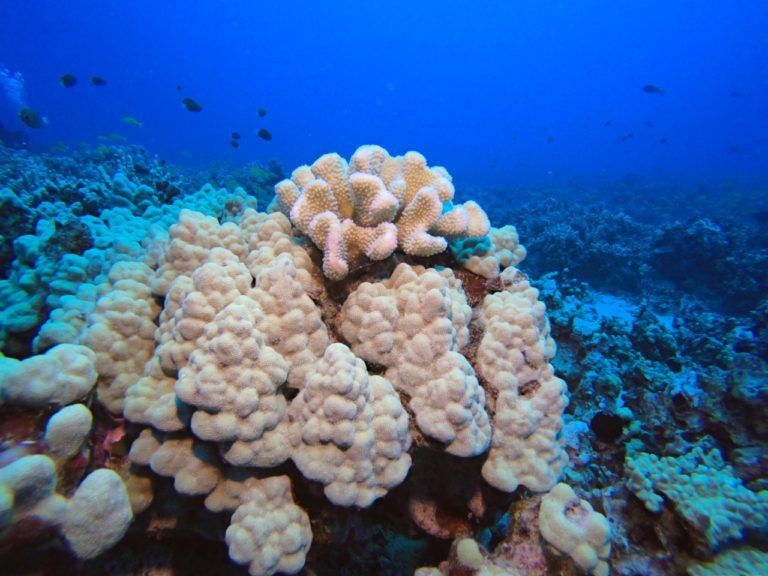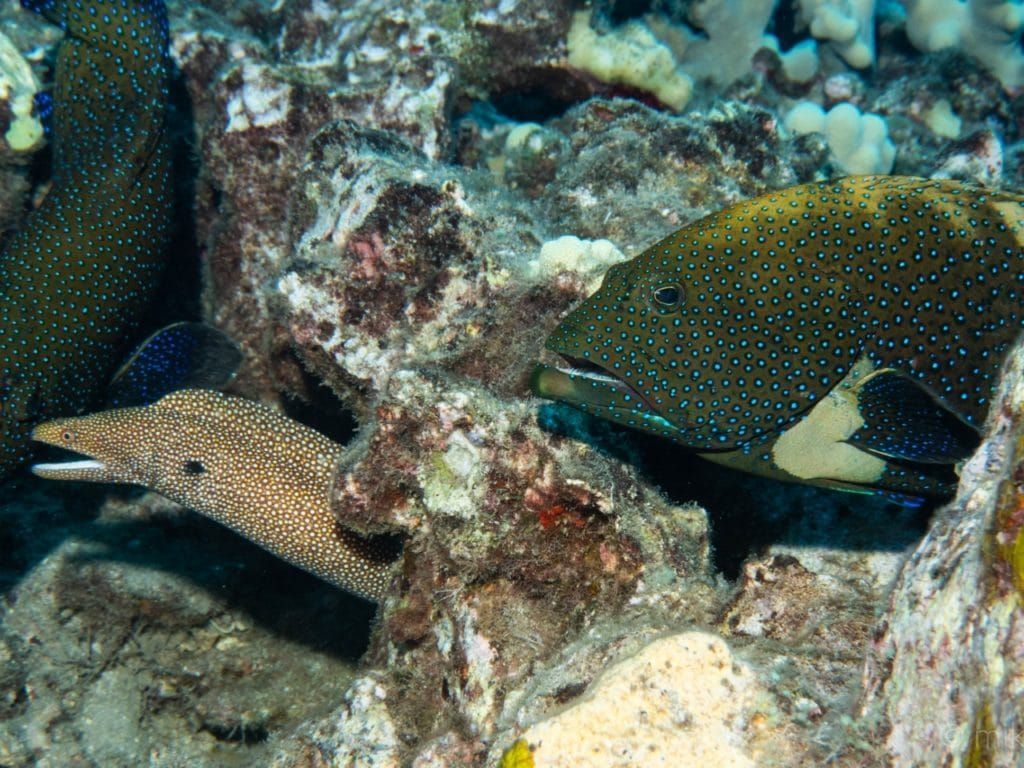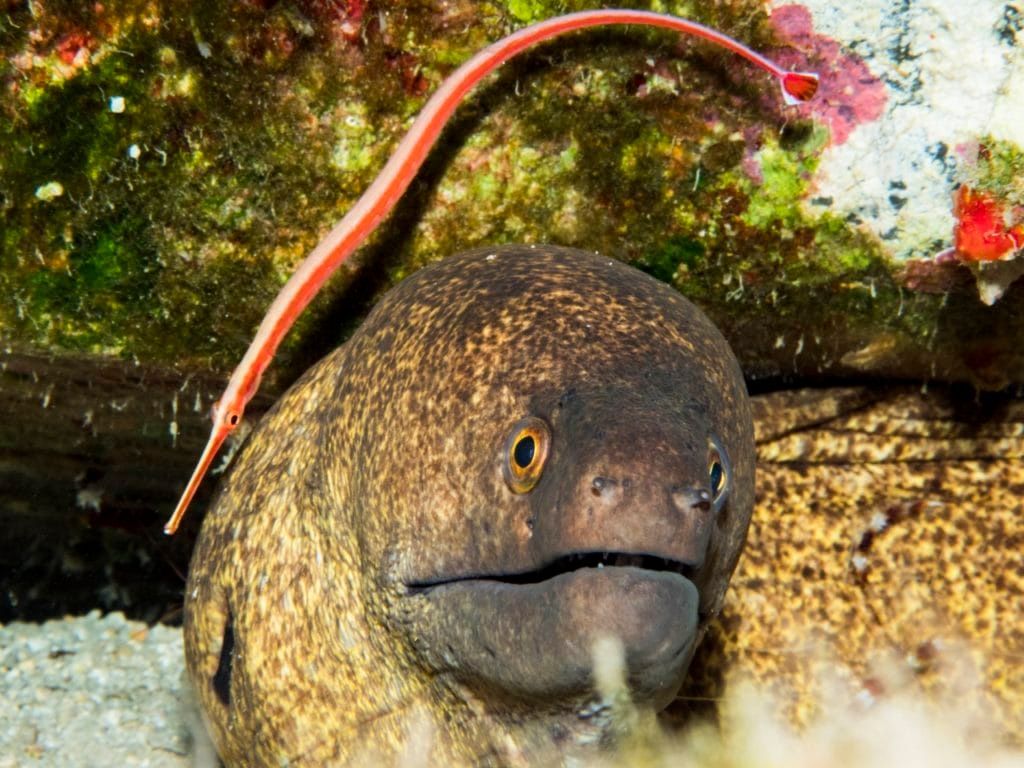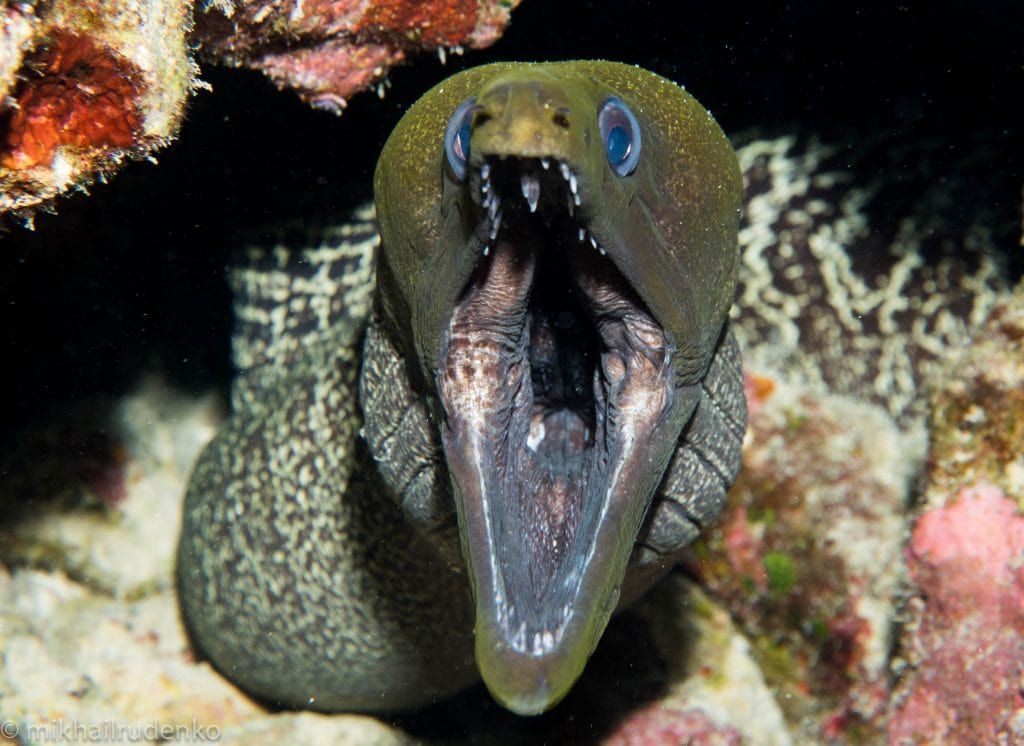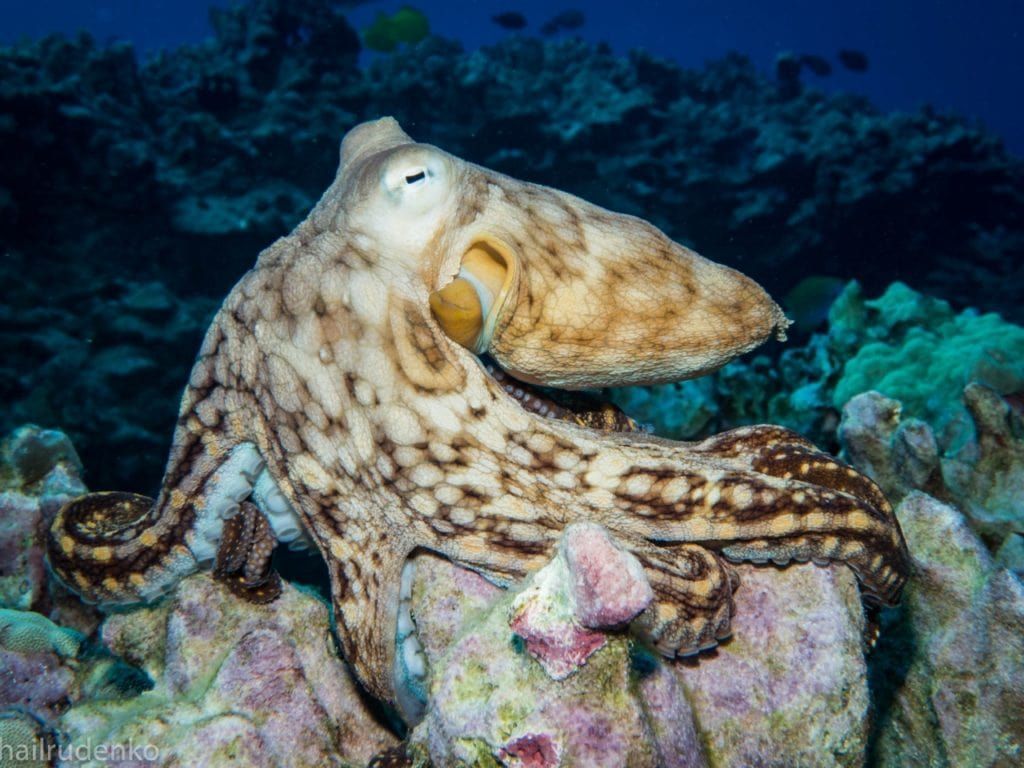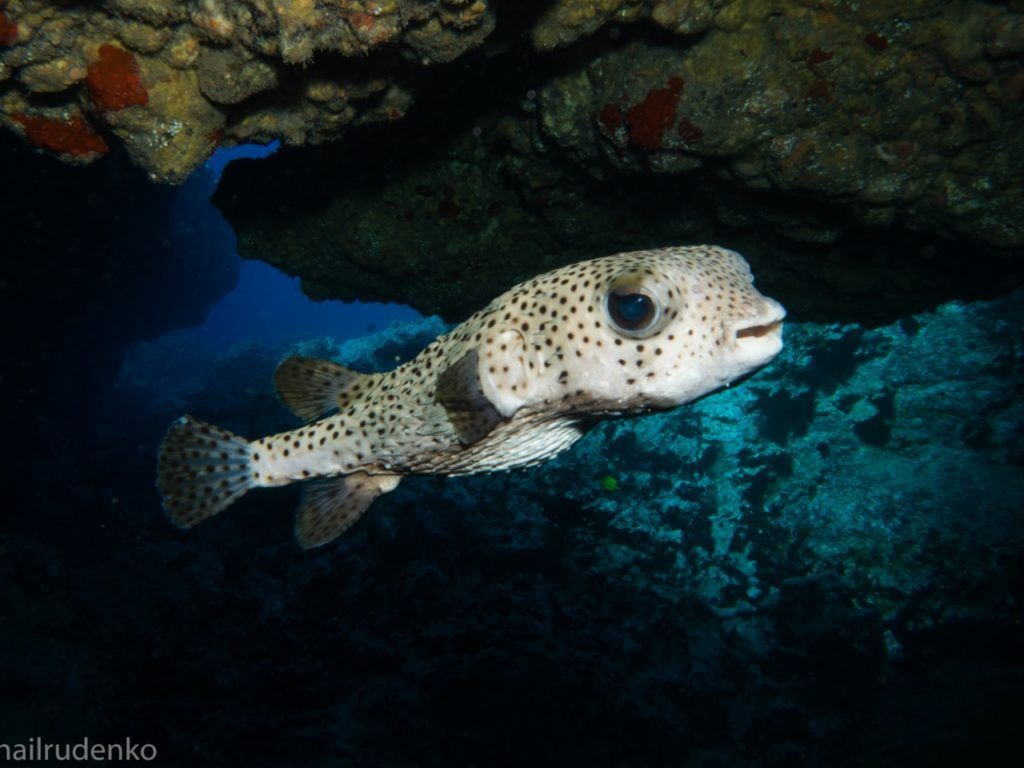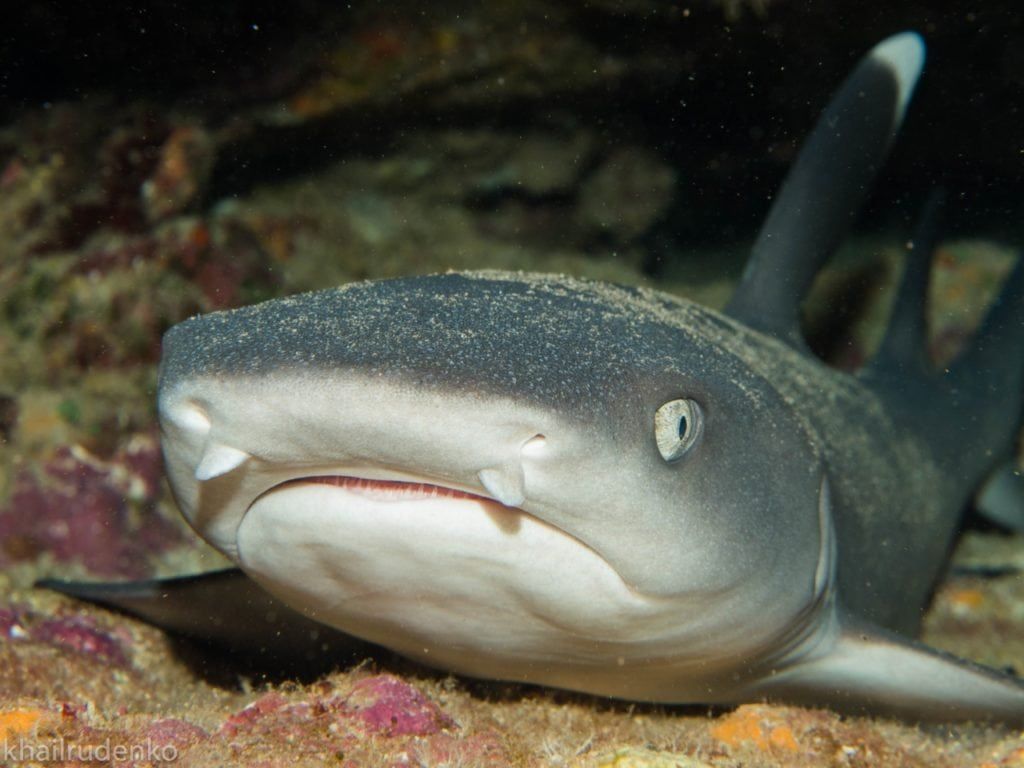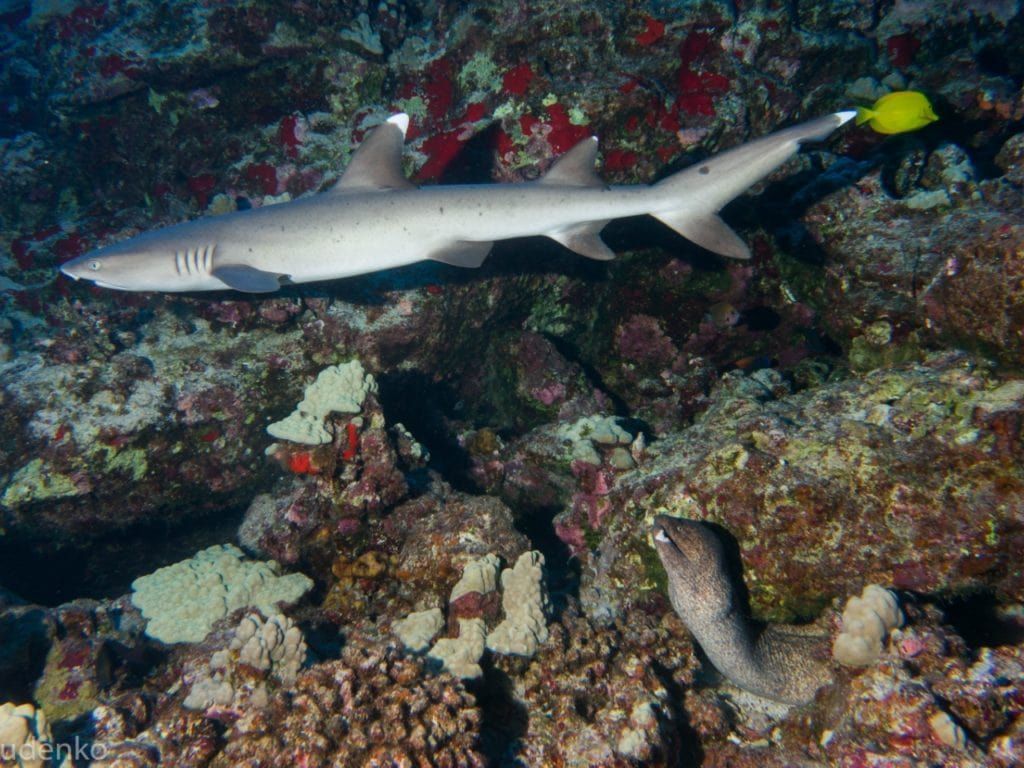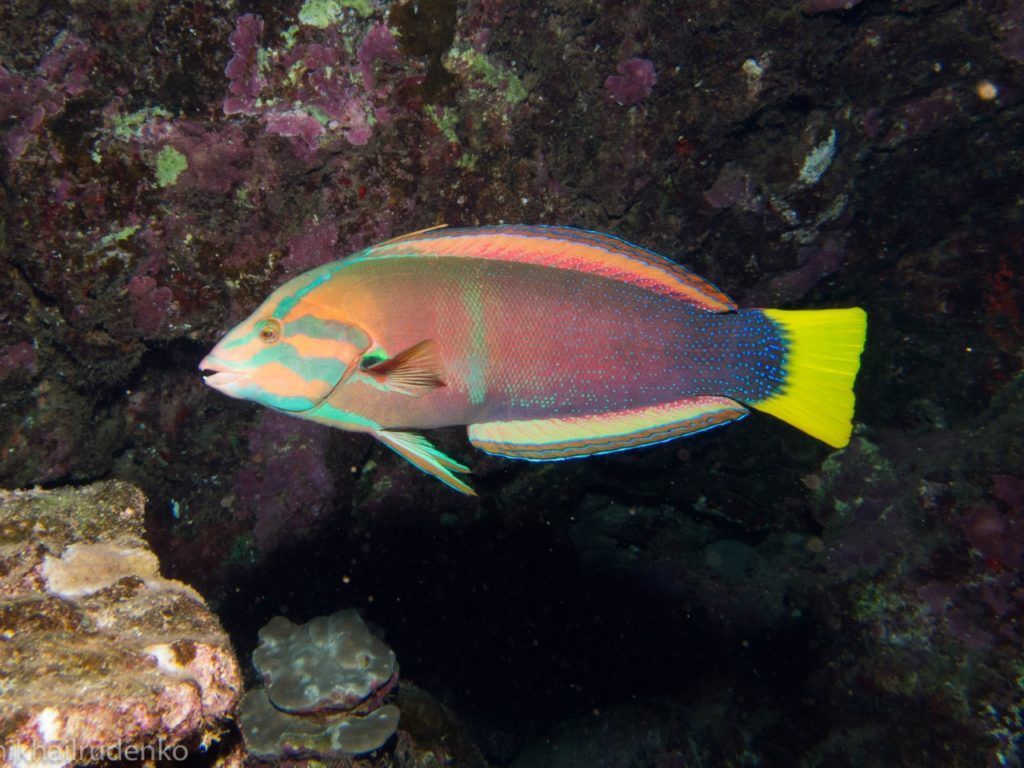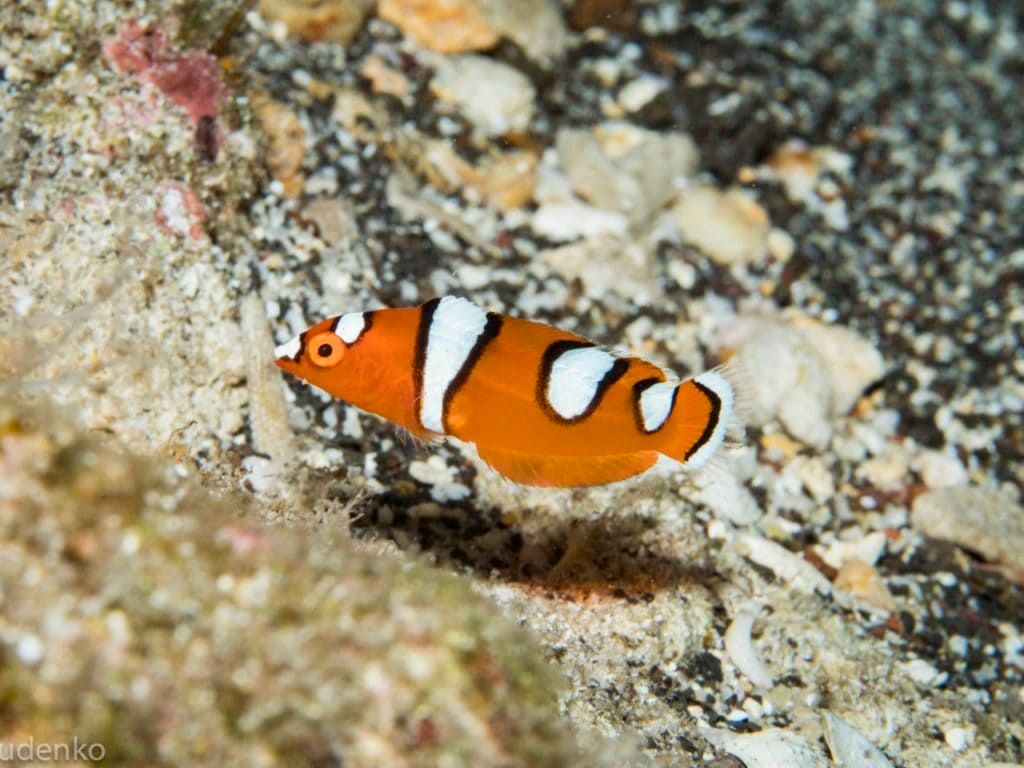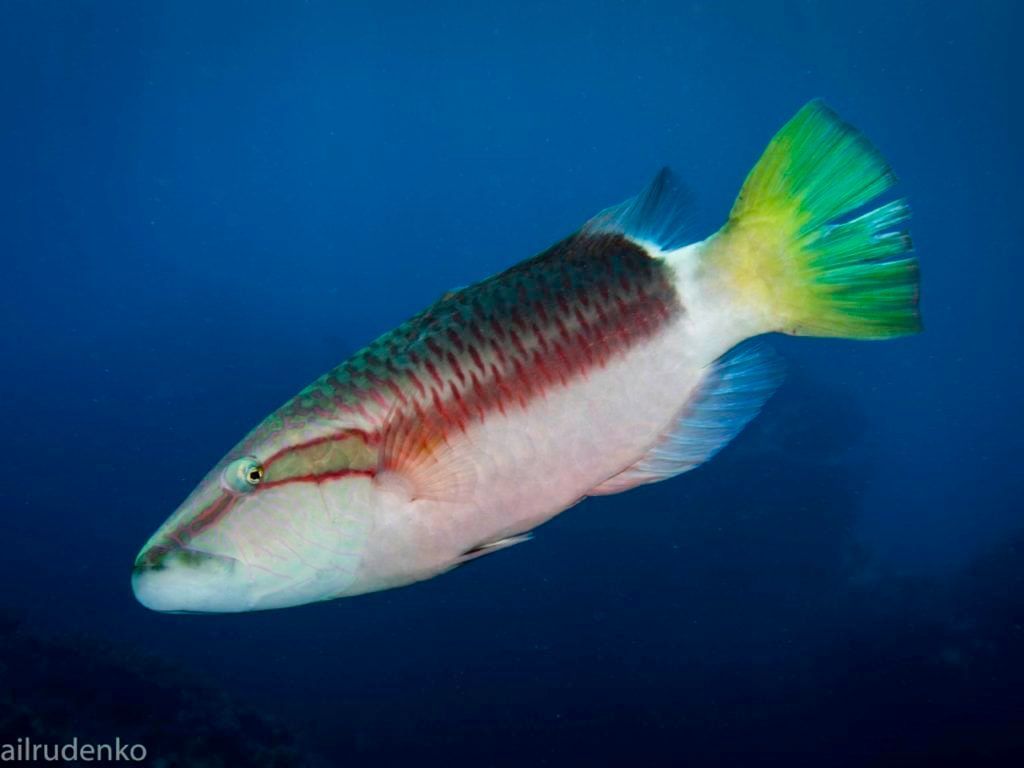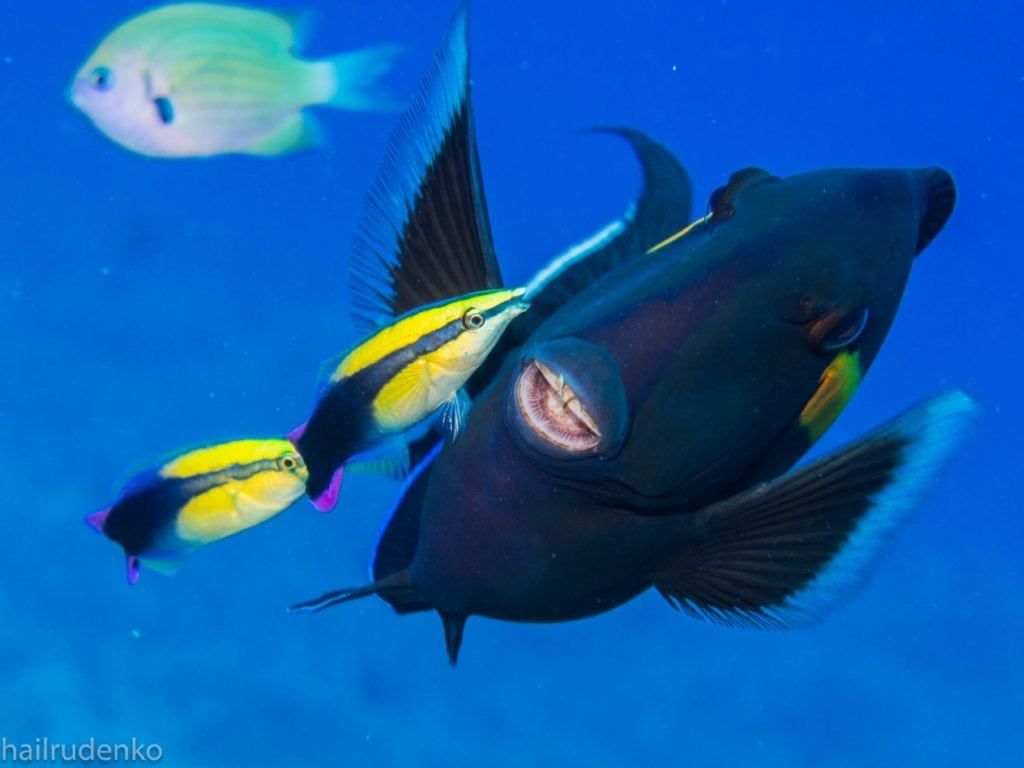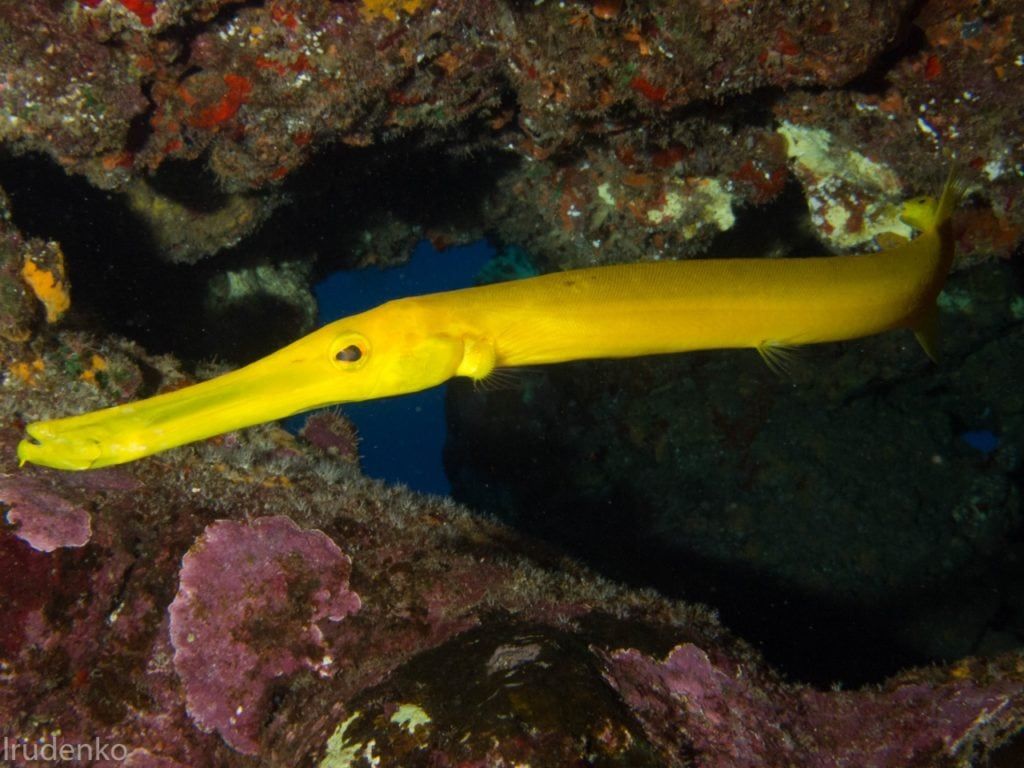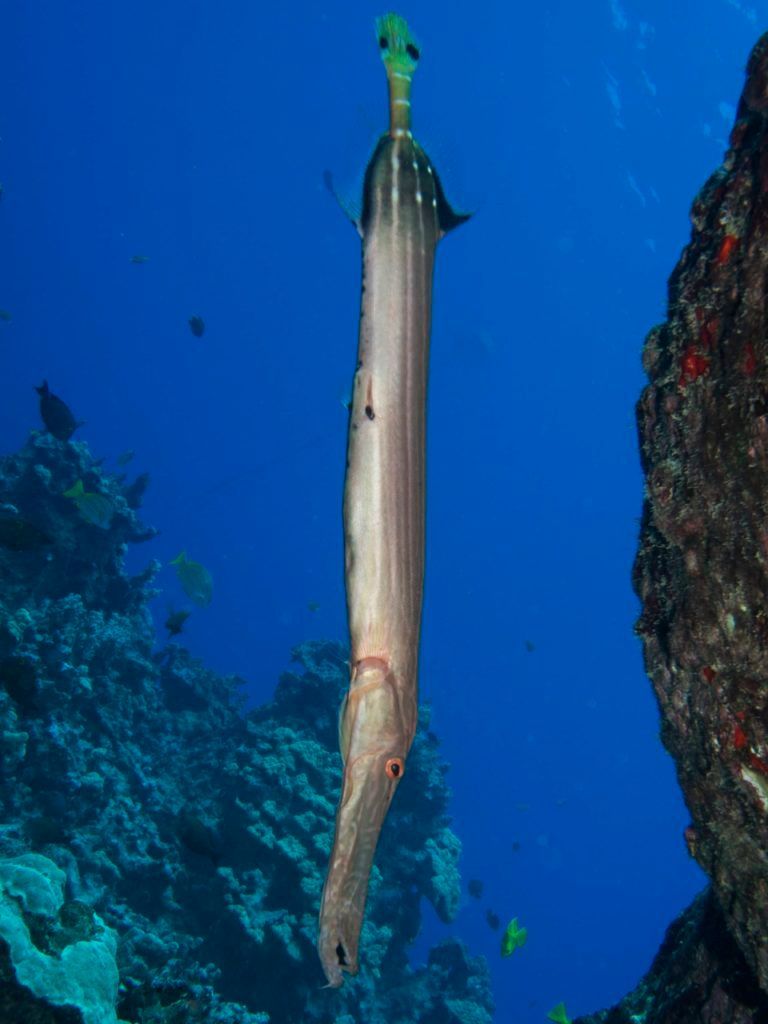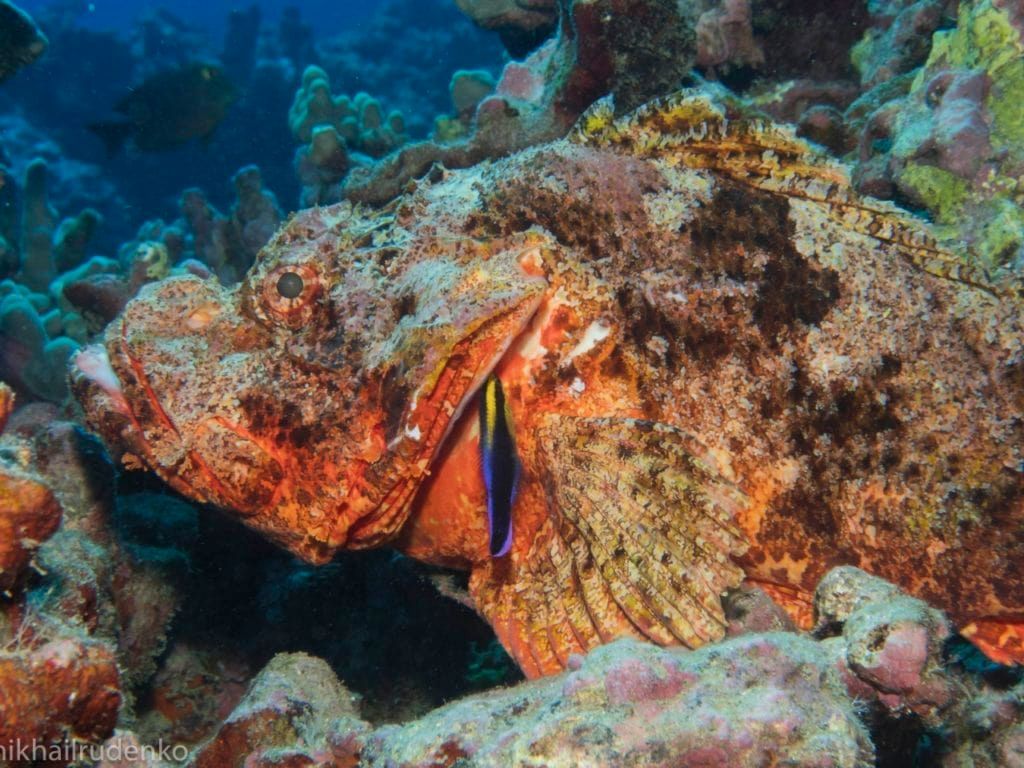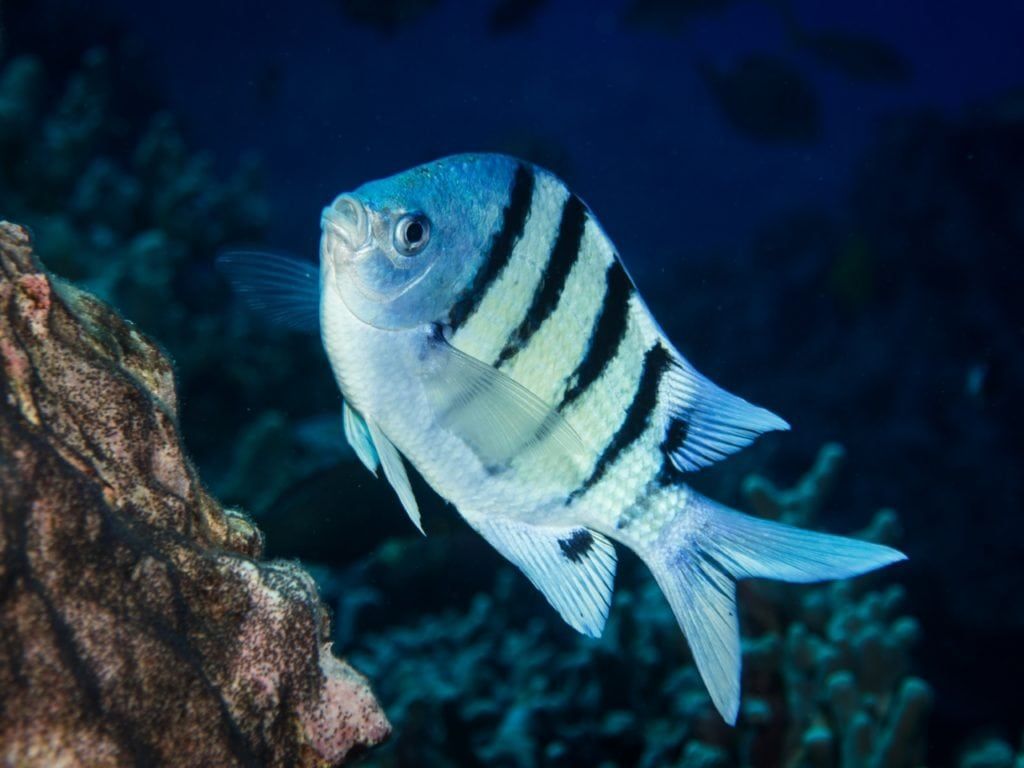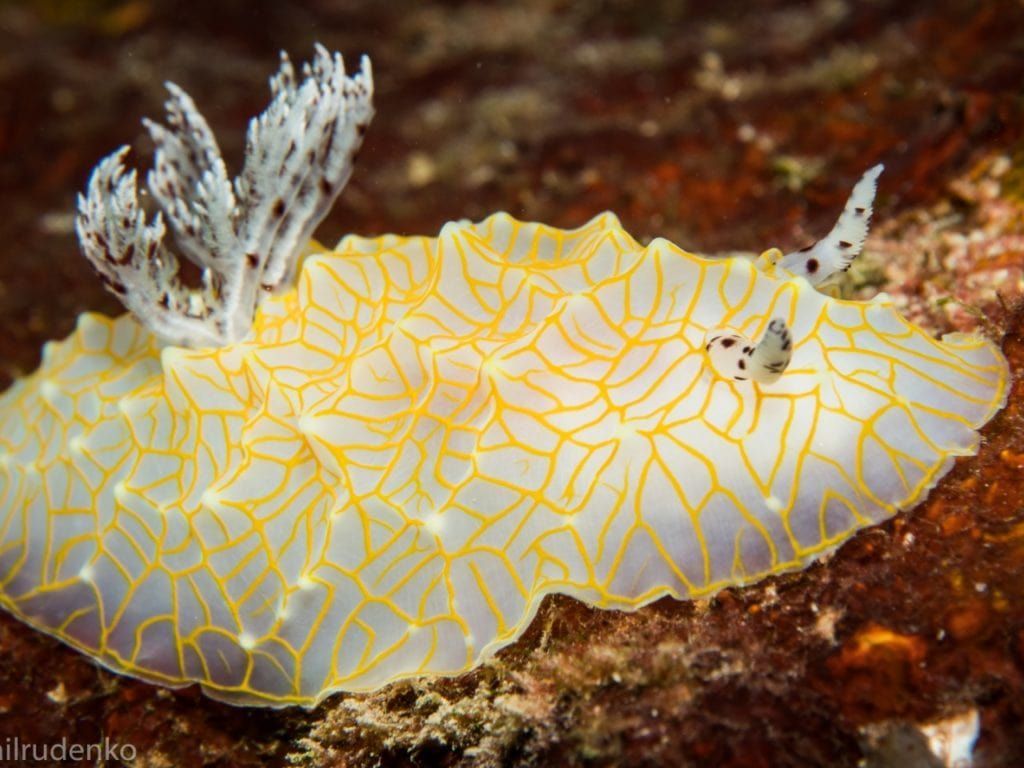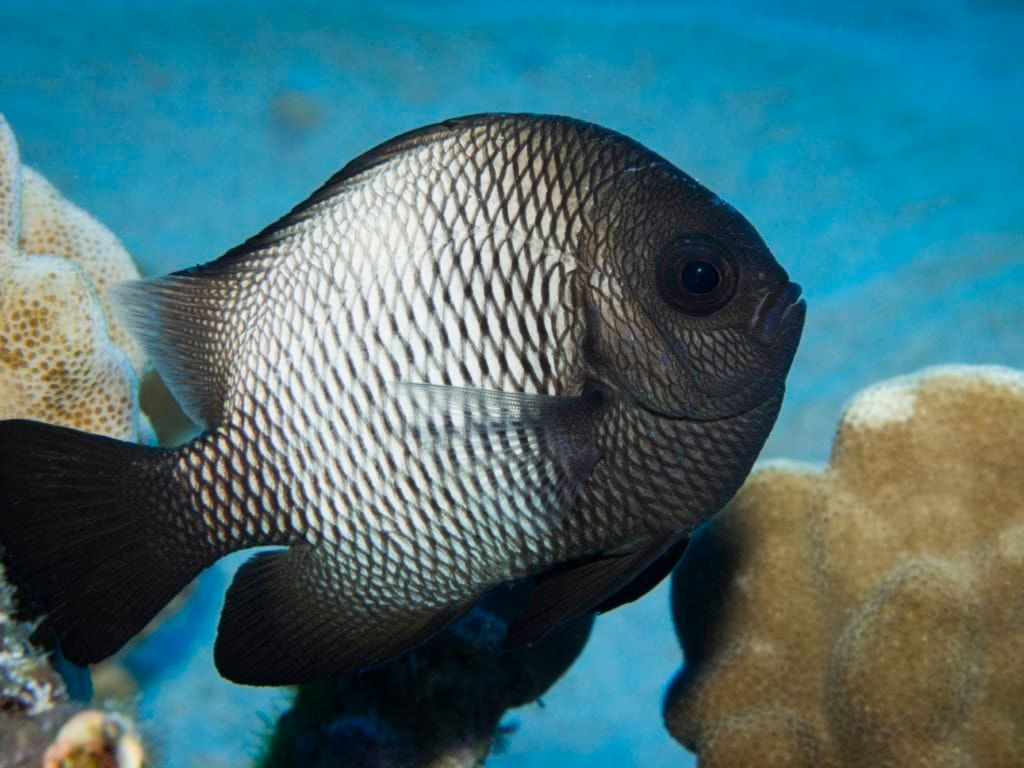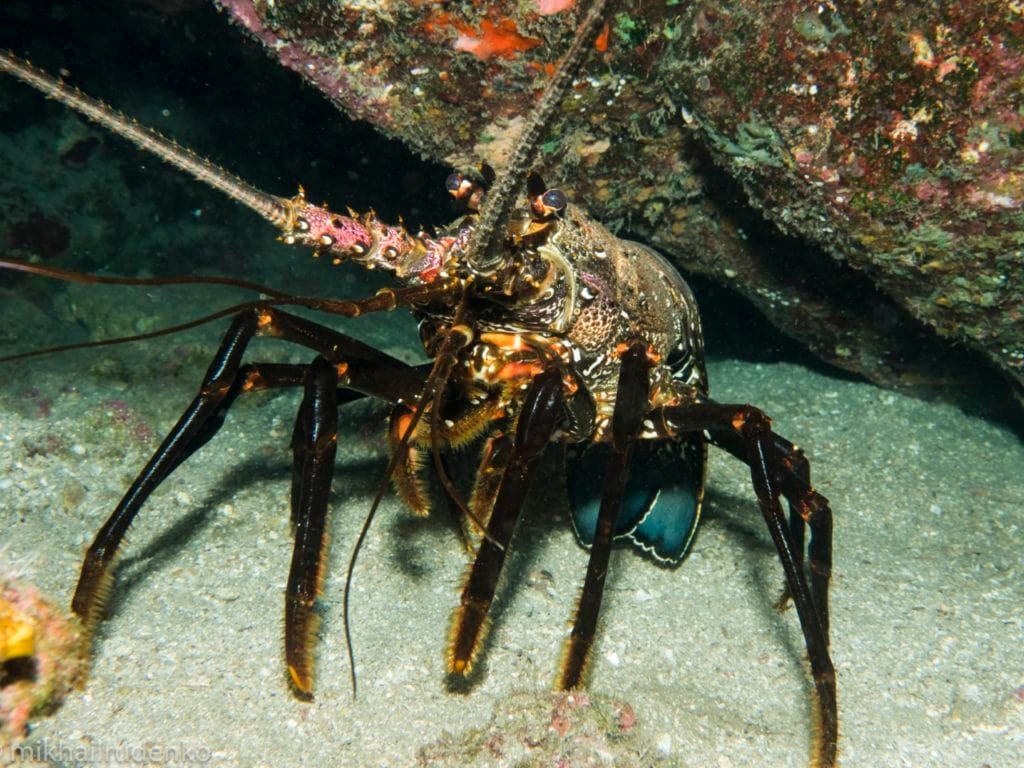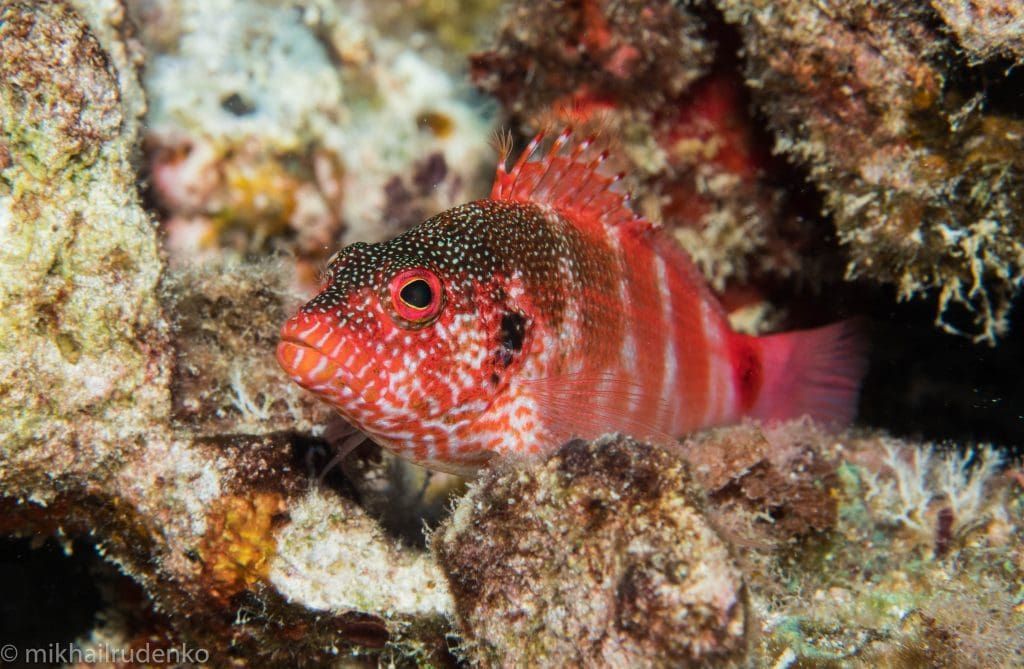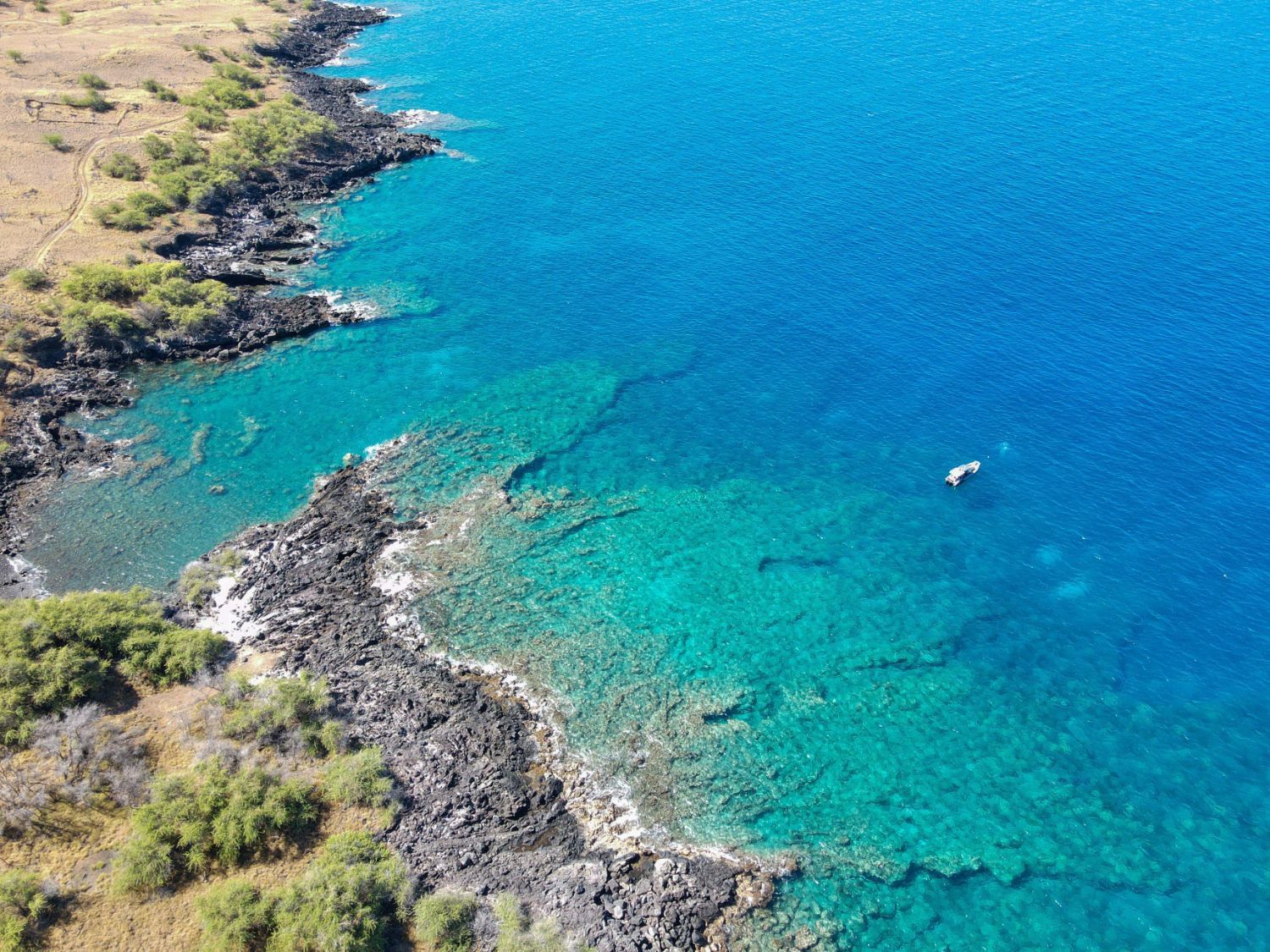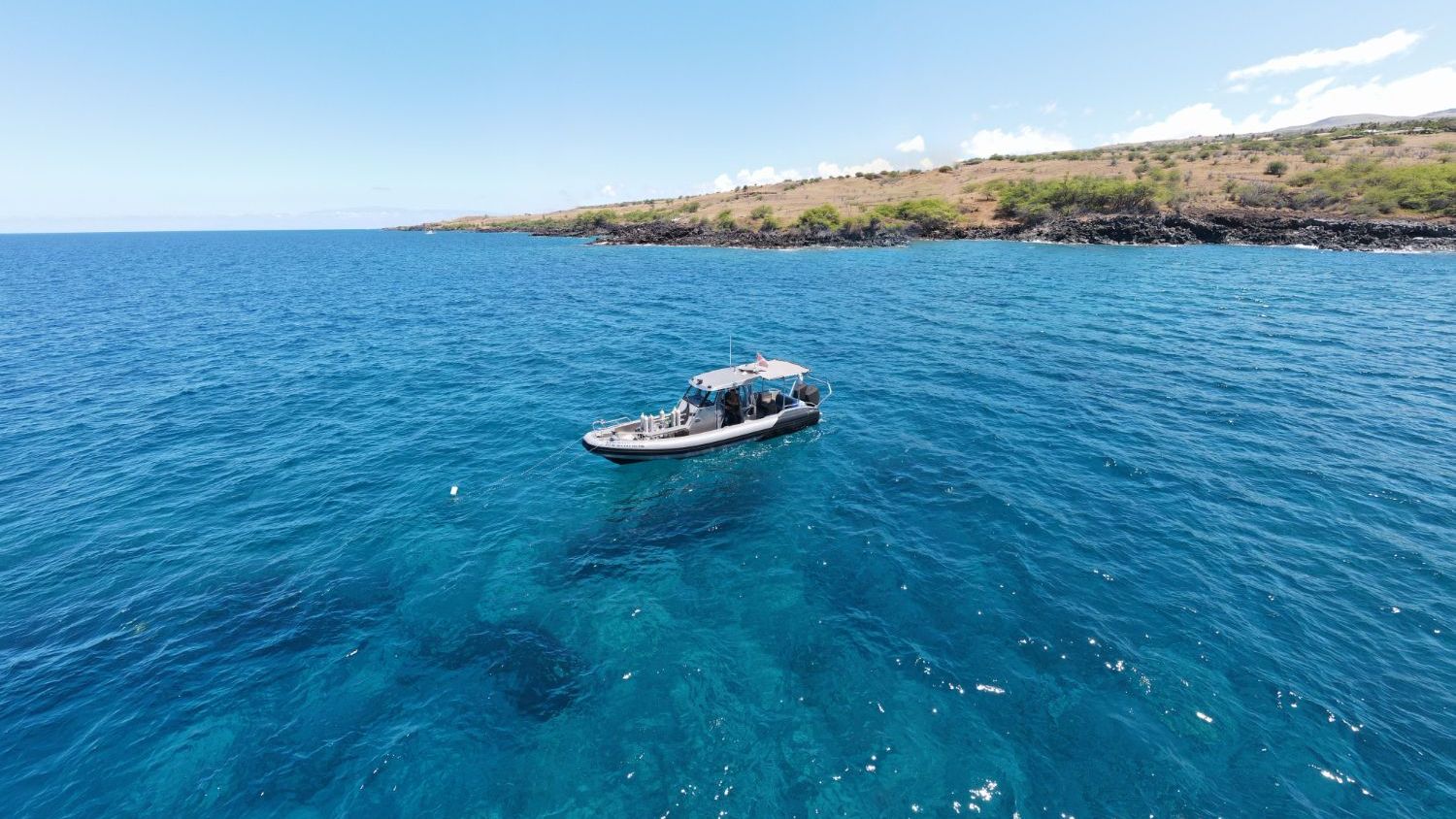DIVE BLOG
10 Things You’ll See Diving Hawaiʻi
The Hawaiian archipelago is one of the most isolated places on the planet, and diving in Hawaiʻi is truly a unique experience. Due to the remote location of the islands, nearly 25% of our marine creatures are endemic. This means that they are found nowhere else in the world!
Have you ever wondered what you’ll see when you visit Hawaiʻi’s reefs? Below are some of the common critters you will see when diving in Hawaiʻi.
Hawaiian names of species and/or families are provided where applicable.
1) Butterflyfish – kīkākapu
Hawaiʻi has 23 different species of butterflyfish. Butterflyfish are easily recognizable from their yellow, black, and white colors, although each species has its own unique pattern. Most butterflyfish also have a fake eyespot on their tail, and a dark band over their eye. This coloration is used to confuse predators and so that these small reef fish escape.
2) Hawaiian Green Sea Turtle – honu
Hawaiian green sea turtles are the only native reptile in Hawaiʻi (yep, all those geckos are introduced) and are actually the only herbivorous sea turtle. It is common to see the honu pulled up to a cleaning station on the reef; cleaning stations are established areas where surgeonfish will eat algae off of the turtle. Thanks to strong conservation efforts, the Hawaiian subpopulation of the green sea turtle has been removed from the endangered species list. The two largest threats they currently face are entanglement with fishing gear and sea level rise flooding their nests.
3) Nudibranchs
One of our favorite animals to see on the reef is the nudibranch! Nudibranchs are a type of sea slug with exquisite patterns and colors. They are carnivores, feeding on sponges, hydroids, bryzoans, corals, and even other nudibranchs! Nudibranchs bright colors are likely to warn predators that they are toxic or foul-tasting. Although they don’t produce poisons or venoms of their own, they are able to concentrate the toxins found in their food source in their bodies. Some nudibranchs that feed on stinging animals, such as hydroids, are even able to take the stinging cells from their prey and store them around their bodies (without firing them!) as a defense mechanism. All of these amazing adaptations have helped to place nudibranchs at the top of their food chain with few natural predators.
4) Coral – koʻa
There are around 50 species of shallow-water coral in Hawaiʻi, although on the Kohala coast 93% of the coral that we see is lobe coral and finger coral! Coral is the foundation of the coral reef, similar to trees in a forest. Without coral, the habitat that the rest of the reef organisms rely on is gone. Globally, 50% of coral has been lost in the last 30 years due to human impacts like pollution and climate change. While the rapid loss of coral reefs is an extremely important issue that many researchers are working to understand (including Jess!), the spatial distribution of this loss is not even. We are lucky to have some areas on the remote Kohala coast that still have high coral cover and appear to be less impacted by these stressors than other areas around the state. Diving these sites and seeing abundant healthy reef gardens gives us hope!
5) Moray Eels – puhi
Moray eels are abundant on Hawaiʻi’s reefs and are seen on most dives. Most morays are nocturnal, and we find them resting in cracks and crevices during the day. However, the whitemouth moray is often seen hunting during the day, sometimes even with other predators, such as goatfish, jacks, or groupers, in a phenomenon called “cooperative hunting.” This inter-species relationship is fascinating to watch!
6) Day Octopus – heʻe mauli
Day octopuses are the most common cephalopod seen in Hawaiʻi. Octopus are certainly one of the strangest creatures in the sea – with their blue blood (it’s copper based!), 3 hearts, and the majority of their neurons located in their arms, these animals are often likened to the aliens of the deep. Octopus have the incredible ability of changing the color, pattern, and texture of their skin with the help of special cells called chromatophores. The day octopus is active during the day, and we often see them out on the reef hunting during our dives.
7) Porcupinefish – kōkala
Similar to pufferfish, porcupinefish have the ability to inflate with water as a defense mechanism, however porcupinefish are also covered in sharp spines as an additional defense. As if this wasn’t enough to deter predators, porcupinefish are also poisonous! Porcupinefish have incredibly strong jaws and teeth that are fused together like a beak that help them to crack open the shells of they prey, including molluscs and crustaceans. They are often seen hiding under ledges or inside of lava tubes during the day.
8) White-tip Reef Sharks – Manō Lālākea
Although Hawaiʻi has 40 species of shark found in its waters, the only species you’ll likely encounter on the reef is a white-tip reef shark. These nocturnal sharks are easily identifiable by the white tips on their fins and often spotted resting under ledges or in lava tubes during the day. White-tip reef sharks have the ability to pump water over their gills by opening and closing their mouths, this is called buccal pumping. This allows the shark to rest on the seafloor, unlike other sharks that have to constantly swim to breathe.
9) Wrasses – hīnālea
Wrasses are the largest fish family in Hawaiʻi with 43 different species, 18 of which are endemic! These brightly colored and intricately patterned cigar shaped fish have interesting life-cycles. Most wrasses are born as female, and as they mature they join a harem that includes several females and one male. The male guards his territory and spawns individually with each of the females in his harem. When the male dies, the most dominant female of the group changes sex and becomes the new male. Each species of wrasse typically has different colors during each of these phases, juvenile, female, and male.
10) Trumpetfish – nūnū
Trumpetfish are long fish with a horse-like face and are often gray-brown or yellow colored. These reef predators will hide among similarly colored fish, for example, dark trumpets will hide among a school of dark surgeonfish, while yellow ones will join a school of millitseed butterflyfish. They do this to get close to their prey. Once they are within striking distance, the trumpetfish will open its mouth extremely fast and suck in a prey that is the same diameter as their body!
11) Bonus! Endemic species
These are some of the endemic species (found only in Hawaiʻi) that we often see while diving. Hawaiʻi has the highest percent of marine endemic creatures in the world, so much of what you are seeing on our dives is found no where else in the world!
